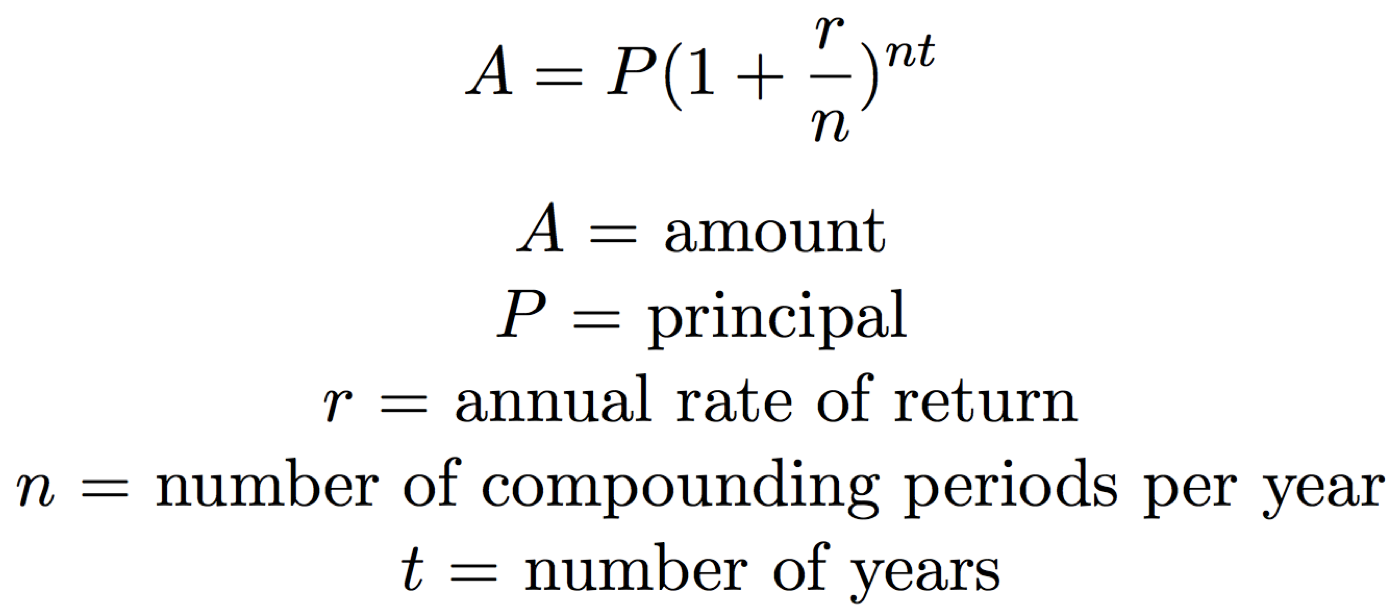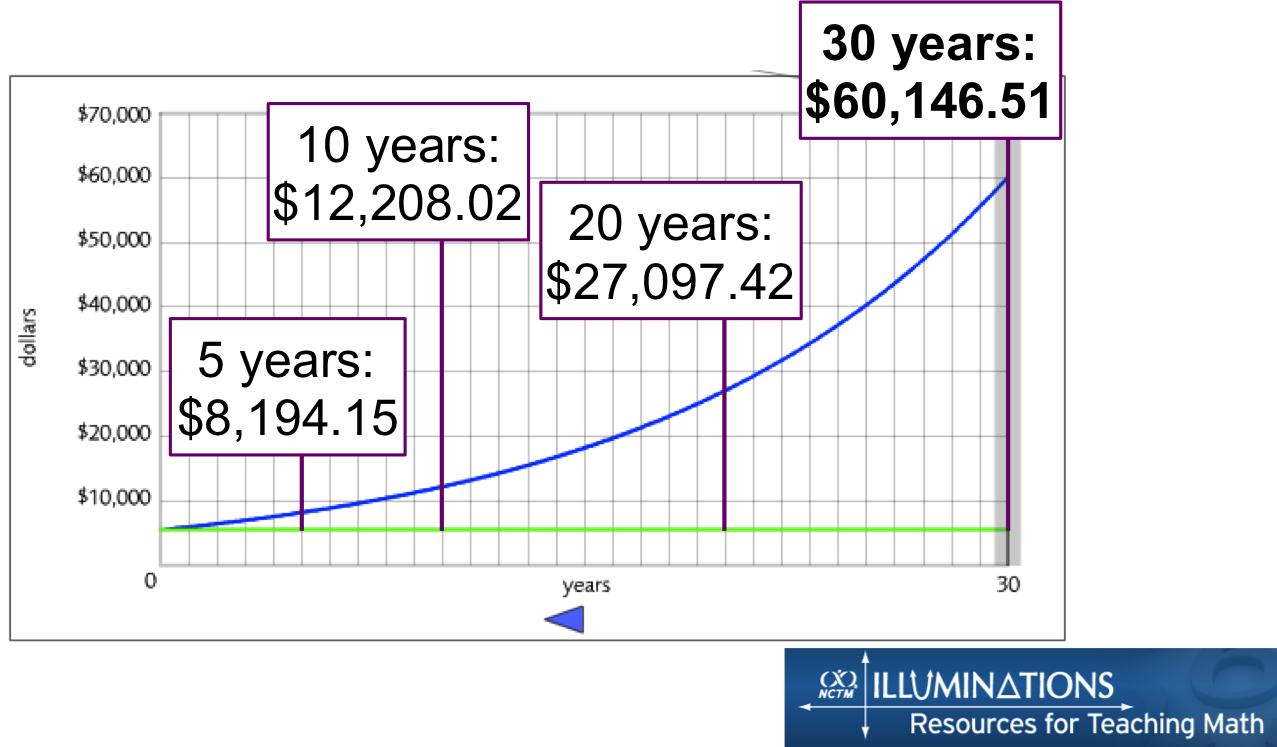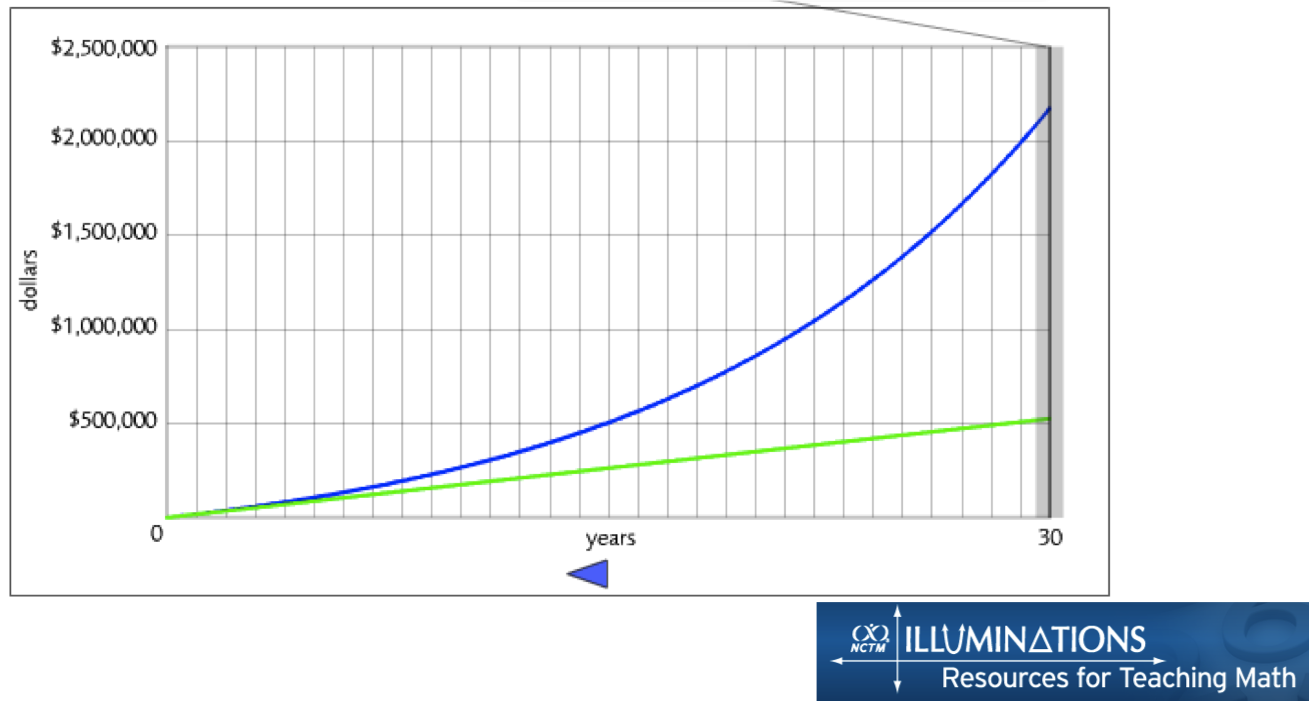
The fastest way to get out of debt is energetically. If you want to get out of debt ahead of the schedule the minimum payments have you on, you must put forth effort and discipline both to free up cash flow by earning more or spending less and actually applying that cash flow to your debt in the form of additional payments.
One Debt
If you have only one debt or one type of debt and it’s going to be a long payoff process, you are going to have to find ways to keep yourself psychologically motivated through the process. You can do this by creating a visual representation of your progress, celebrating debt repayment milestones, treating yourself occasionally, reporting your progress to other people, etc.
Further reading: How to Get (and Stay) Motivated for Long-Term Debt Repayment, How to Stay Motivated While You Pay Off Debt
Multiple Debts
If you have multiple debts or multiple types of debt, there are two popular math-based methods for prioritizing your debt payoff journey, and one other practical option. In any case, it is considered psychologically beneficial to focus your energy on only one debt at a time. Make the minimum payments on all your debts, but channel your extra payoff money to just one until it is completely paid off.
The question is how decide in what order you should pay off your debt.
The Debt Snowball
The debt snowball method’s main champion is Dave Ramsey, a get-out-of-debt guru practicing today. In this method, you prioritize your debts by the payoff balance, smallest to largest, irrespective of the interest rates. The idea is that by getting an early win of paying off one debt completely, your motivation will grow and you will process through your list of debts at an ever-increasing rate. By the time you get to the debt that you expected to take you the longest to pay off, you have many smaller wins behind you to give you confidence to see the process through. Empirically, it has been shown that people who employ the debt snowball method get out of debt the fastest (psychology wins over math).
Further reading: ‘Snowball’ Debt Method Is Fastest Way To Pay Off Your Bills, Research Shows
The Debt Avalanche
In the debt avalanche method, you prioritize your payoff list by interest rate, highest to lowest. This method is the most mathematically optimal way to approach your debt payoff. If you devote the same amount of payoff money into the debt snowball method and the debt avalanche method, you will get out of debt faster with the debt avalanche method. Some people can become very motivated by interest rate math, and these people are especially suited to start their debt payoff journey well with the avalanche method.
Further reading: The Correct Way to Pay Off Personal Debt: The Debt Avalanche
What Bothers You the Most?
The debt snowball and debt avalanche methods both try to argue that there is one best way for everyone to approach paying off debt. But you know you best. If the goal is to pay off debt quickly and with great energy, you should ask yourself which debt bothers you the most or which one you are most excited to eliminate. Perhaps the answer will be the debt with the smallest payoff balance or the debt with the highest interest rate. Perhaps the answer will be the debt associated with the collector who is calling you multiple times per day or the debt you are most embarrassed to have taken out. Use what you know about your own individual psychology to start your debt payoff process off well and use that motivation to carry yourself through your list. It’s also perfectly fine to switch focus once you are left with only low-priority debt, if saving or other financial goals are more pressing than your remaining debt.







